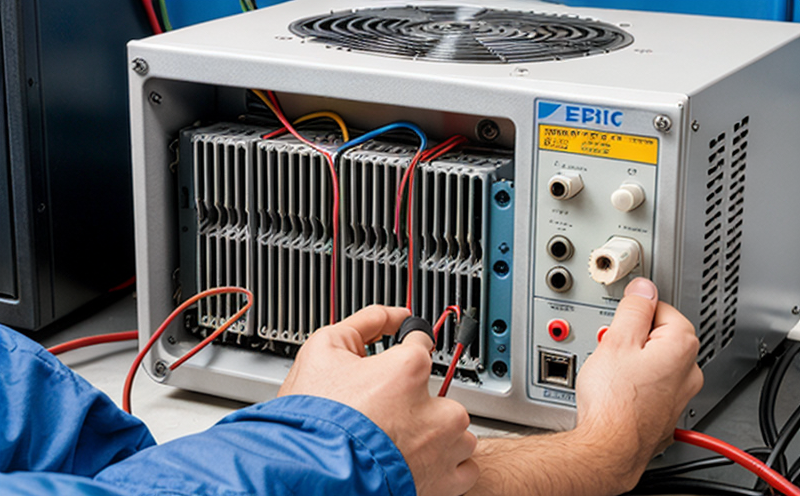IEC 60695 Fire Hazard Testing of Electrical Systems
The IEC (International Electrotechnical Commission) Standard 60695-11-1 deals with the determination of flammability characteristics of materials used in electrical and electronic equipment. This test is crucial for ensuring that electrical components, particularly those exposed to high temperatures or mechanical stress, do not pose a fire hazard during use.
During this testing procedure, samples are subjected to specified conditions designed to replicate real-world scenarios where they might be exposed to heat sources such as arcs, sparks, and flames. The goal is to assess the material's ability to resist ignition under these circumstances and its self-extinguishing properties if ignited.
The test involves exposing a specimen to a defined electrical discharge or flame in an environment that closely mimics operational conditions of marine equipment like generators, motors, switchboards, and other power distribution systems aboard ships. Compliance with this standard ensures that the products perform safely under various stressors without compromising safety standards.
Our laboratory provides comprehensive testing services according to IEC 60695-11-1 using state-of-the-art equipment capable of replicating diverse environmental factors. By adhering strictly to international guidelines, we ensure accurate and reliable results that can be trusted by quality managers and compliance officers responsible for ensuring product safety.
| Standard Reference | Description |
|---|---|
| IEC 60695-11-1 | Determination of flammability characteristics of materials used in electrical and electronic equipment. |
| ISO 834:2017 | Standard methods for the determination of ignition propensity of plastics under controlled conditions. |
Applied Standards
The testing process follows stringent protocols outlined in IEC 60695-11-1 which specifies the procedure for determining the flame retardancy of materials used in electrical and electronic equipment. This includes simulating various ignition sources such as arcs, sparks, and flames to evaluate how well the material resists catching fire and extinguishes itself once exposed.
| Standard Reference | Description |
|---|---|
| IEC 60695-11-1 | Determination of flammability characteristics of materials used in electrical and electronic equipment. |
| ASTM E2278 | Standard test method for flame spread index and limiting oxygen index of materials using a modified NIST Flame Spread Apparatus. |
Benefits
Conducting IEC 60695-11-1 fire hazard tests on electrical systems offers several advantages for manufacturers and operators of marine equipment:
- Promotes safety by identifying potential hazards early in the design phase.
- Aids in meeting regulatory requirements set forth by international bodies like IMO (International Maritime Organization).
- Enhances reputation among consumers who prioritize product safety and reliability.
- Reduces liability risks associated with non-compliance or accidents related to electrical fires.





